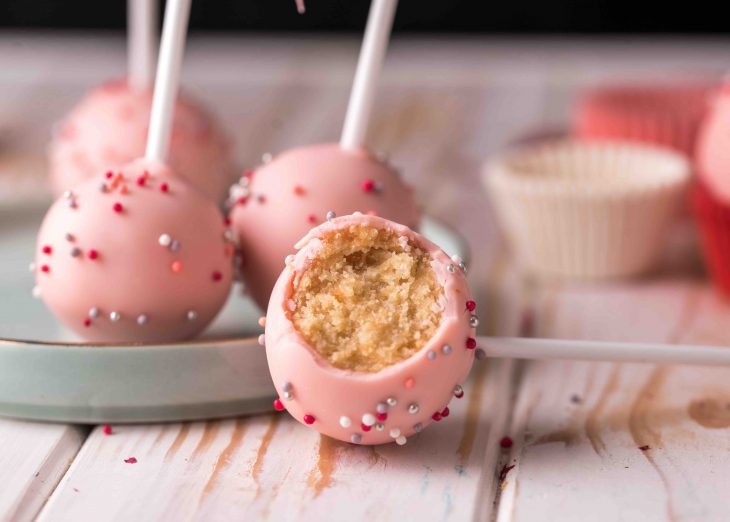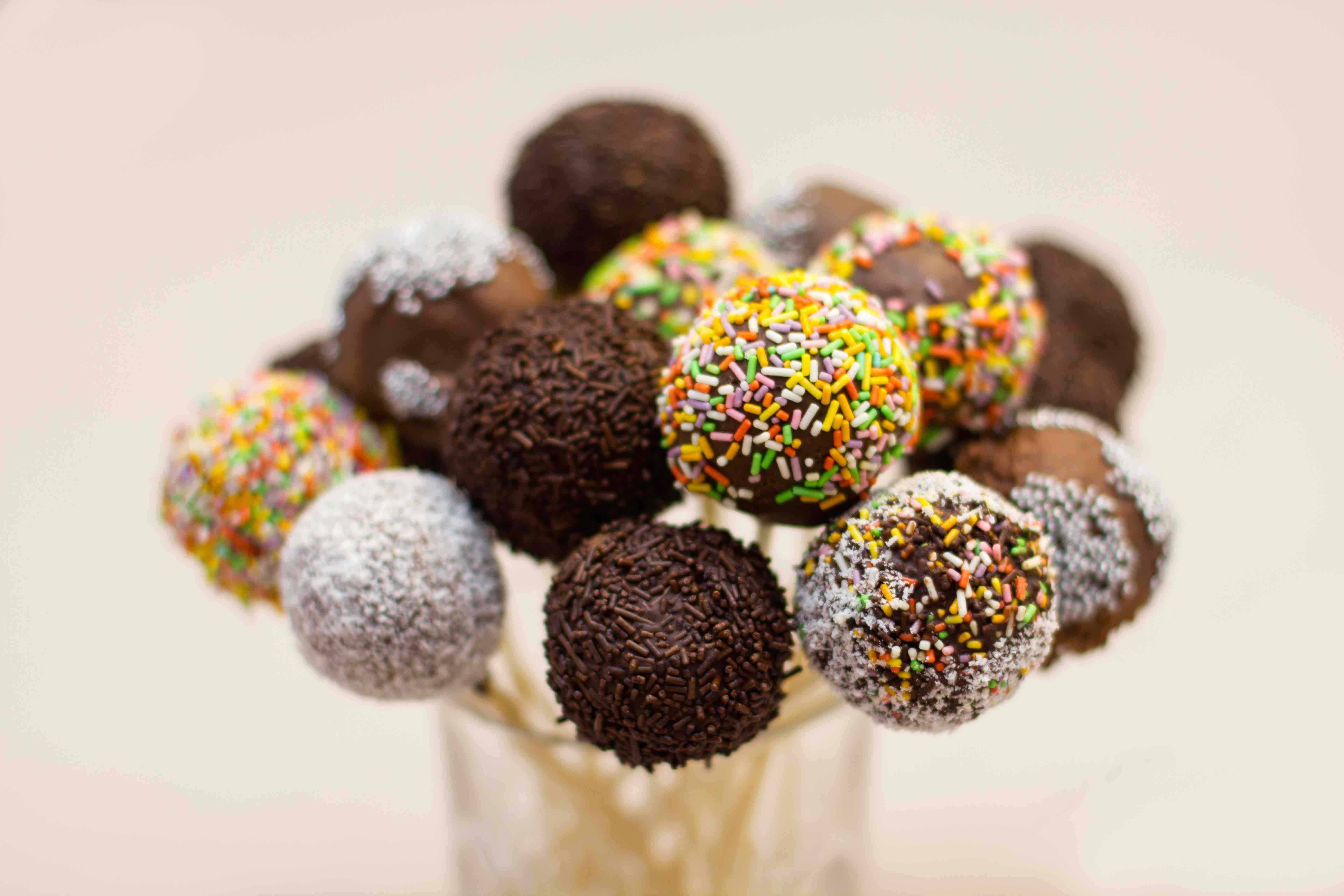
Cake pops have become a beloved treat for both kids and adults, offering a delightful combination of cake, frosting, and a tempting outer coating. But did you know that beyond their irresistible taste, cake pops also have some intriguing nutritional aspects? In this article, we unveil 12 cake pops nutrition facts that will not only satisfy your curiosity but also showcase the delicious and nutritious side of these delightful confections.
Calorie Count
On average, a cake pop contains around 130-150 calories, making it a portion-controlled dessert option that allows for guilt-free indulgence.
Macronutrient Composition
Cake pops consist of three main macronutrients: carbohydrates, fats, and proteins.
- Carbohydrates: The cake portion of a cake pop contributes to its carbohydrate content, providing a source of energy for your body.
- Fats: Fats in cake pops primarily come from frosting and any additional coatings. While they contribute to the overall calorie count, they can be enjoyed in moderation as part of a balanced diet.
- Proteins: Cake pops contain a small amount of protein, mainly derived from cake crumbs and frosting. Protein plays a crucial role in various bodily functions, including tissue repair and the production of enzymes and hormones.
Customization Options
One of the joys of cake pops is their versatility and customizability. You can experiment with different flavors, fillings, and decorations to suit your preferences and dietary needs.
Portion Control
Cake pops are conveniently portioned, allowing you to enjoy a decadent treat without overindulging. Their small size makes them a perfect choice for those looking to satisfy their sweet tooth without consuming excessive calories.
Occasional Indulgence
While cake pops can be a delightful indulgence, it’s important to enjoy them in moderation as part of a balanced diet. Incorporating them into special occasions or as an occasional treat can enhance your overall enjoyment while maintaining a healthy lifestyle.
Creative Presentation
Cake pops not only taste delicious but also offer an opportunity for creative presentation. With vibrant colors, decorative sprinkles, and various shapes, cake pops can add a touch of whimsy and delight to any gathering or celebration.
Allergy-Friendly Options

Cake pops can be adapted to accommodate different dietary restrictions and allergies. By using alternative ingredients and substitutions, you can create gluten-free, dairy-free, or vegan cake pops that still retain their delightful taste and texture.
Freshness and Storage
Cake pops are best enjoyed when they are fresh and moist. To maintain their freshness, store them in an airtight container at room temperature for up to 2-3 days. Refrigerating them may cause the coating to become sticky.
Freezing and Thawing
If you have leftover cake pops or want to prepare them in advance, you can freeze them for future enjoyment. Place them in an airtight container or wrap them individually in plastic wrap before freezing. To thaw, transfer them to the refrigerator and allow them to defrost gradually.
Sharing and Gifting
Cake pops make fantastic gifts or party favors. Their individual servings and eye-catching appearance make them a delightful surprise for birthdays, weddings, baby showers, or any special occasion.
Great for Events and Parties
Whether you’re hosting a birthday party, bridal shower, or corporate event, cake pops are a fantastic addition to the dessert table. Their bite-sized nature and variety of flavors ensure there’s something for everyone to enjoy.
Fun for Kids
Cake pops are not only delicious but also a fun and interactive treat for kids. Children can participate in the process of making and decorating cake pops, fostering creativity and culinary skills while creating lasting memories.
Final Word
Cake pops offer a delightful combination of taste, creativity, and portion control. With these 12 cake pops nutrition facts, you can now appreciate the nutritional aspects of these miniature treats while satisfying your sweet cravings. So go ahead, indulge in the world of cake pops, and let your taste buds rejoice!
Frequently Asked Questions (FAQs)
Are cake pops suitable for people with dietary restrictions?
Yes, cake pops can be customized to accommodate various dietary restrictions. By using gluten-free flour, dairy-free frosting, or vegan alternatives, you can create cake pops that align with specific dietary needs.
How many calories are in a typical cake pop?
On average, a cake pop contains around 130-150 calories. However, the calorie count may vary depending on the size, type of cake, and additional toppings or coatings.
Can I make cake pops at home?
Absolutely! Making cake pops at home can be a fun and rewarding activity. All you need is a baked cake, frosting, cake pop sticks, and your choice of decorations. There are numerous recipes and tutorials available online to guide you through the process.
How should I store cake pops to keep them fresh?
To keep cake pops fresh, store them in an airtight container at room temperature for 2-3 days. Avoid refrigerating them as it can make the coating sticky.
Can I freeze cake pops?
Yes, you can freeze cake pops. Individually wrap them in plastic wrap or place them in an airtight container before freezing. Thaw them in the refrigerator when you’re ready to enjoy them.
Was this page helpful?
Our commitment to delivering trustworthy and engaging content is at the heart of what we do. Each fact on our site is contributed by real users like you, bringing a wealth of diverse insights and information. To ensure the highest standards of accuracy and reliability, our dedicated editors meticulously review each submission. This process guarantees that the facts we share are not only fascinating but also credible. Trust in our commitment to quality and authenticity as you explore and learn with us.
